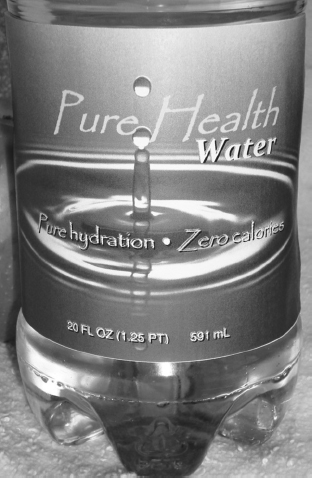Critical Thinking
You are already a critical thinker. If you have ever questioned a claim made by a politician or second-
Critical thinking is a process of actively questioning what you see, hear, and read to come to thoughtful conclusions about it. Critical thinking also involves making connections between existing impressions and new ones, and among various beliefs, claims, and pieces of information.
Four Basics of Critical Thinking
Be alert to assumptions made by you and others.
Question those assumptions.
Consider and connect various points of view — even those different from your own.
Keep an open mind and avoid hasty conclusions.
Assumptions — ideas or opinions that we do not question and that we automatically accept as true — can get in the way of clear, critical thinking. In college, work, and everyday life, we often make judgments based on assumptions that we are not even aware of. By identifying these assumptions and questioning them, we stand a better chance of seeing things as they are and responding to them more effectively.
When questioning assumptions, try to get a bit of distance from them. Imagine what people with entirely different points of view might say. You might even try disagreeing with your own assumptions. Take a look at the following examples.
Questioning Assumptions
| SITUATION | ASSUMPTION | QUESTIONS |
| College: I saw from the syllabus that I need to write five essays for this course. | That sounds like too much work. |
What obstacles might be getting in my way? What might be some ways around those obstacles? What have others done in this situation? |
| Work: Two of my coworkers just got raises. | My own raise is just around the corner. |
Did my coworkers accomplish anything that I didn’t? When was their last raise, and when was mine? |
| Everyday Life: My neighbor has been cool to me lately. | I must have done something wrong. |
Is it possible that this has nothing to do with me? Maybe he is going through something difficult in his life? |
You need to be aware not only of your own hidden assumptions but also of any assumptions hidden in what you read, see, and hear. For example, look at the bottled water label pictured below. Labels like this one might suggest directly or indirectly that bottled water is better than tap water. What evidence do they provide for this assumption? What other sources of information could be consulted to support, disprove, or call into question this assumption? However confidently a claim is made, never assume that it cannot be questioned.

In addition to assumptions, be aware of biases, one-
Kids today don’t read.
This is an extreme statement that others could contradict with their own experiences or additional information (for example, pointing out the success of the Harry Potter series, or giving examples of “kids” who are readers).
Be on the lookout for bias in your own views and in whatever you read, see, and hear. When a statement seems one-